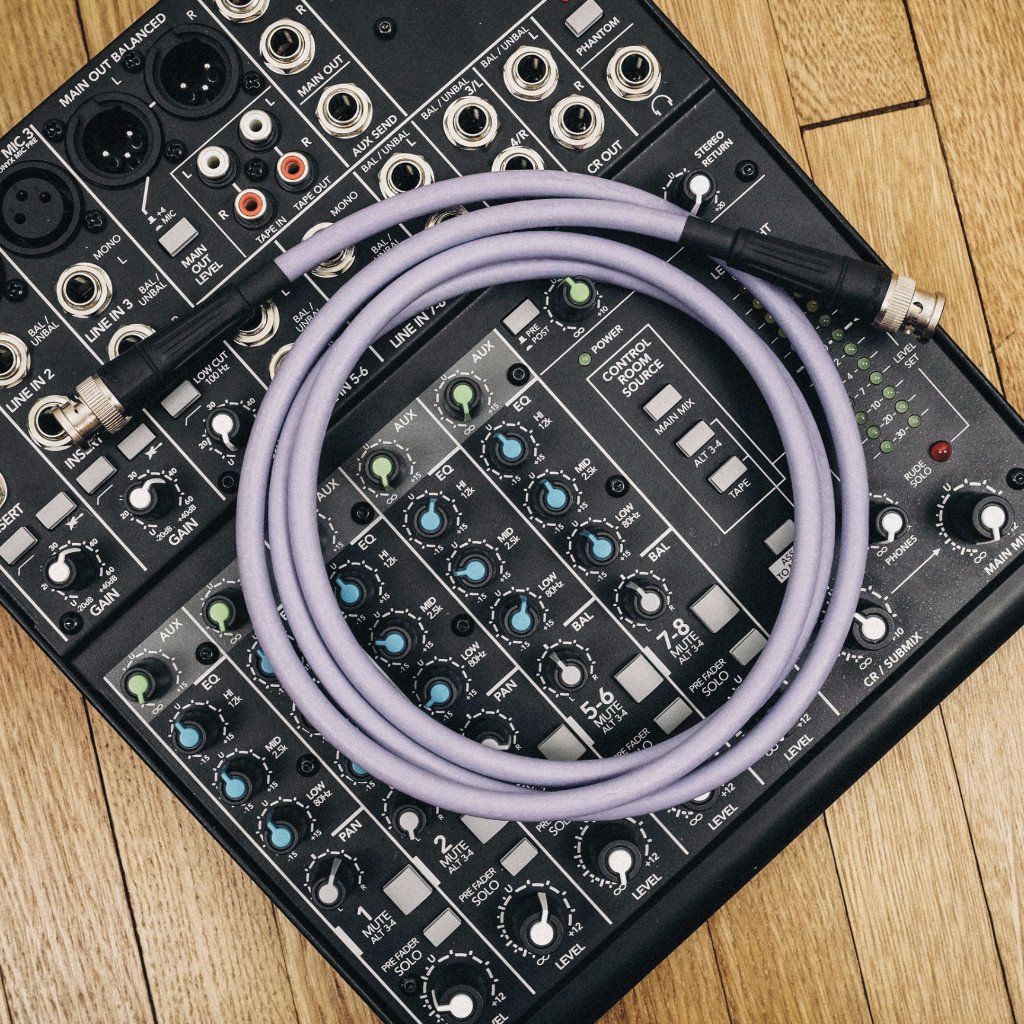

When it comes to audio connections, Output refers to the sound coming out of those ports, while Input refers to ports that receive that sound. There is generally either an output or an input. The first thing to understand about audio is that it is very linear.

Signal Flow The inputs and outputs on a DJM-900NXS So with that said, here’s a beginner’s guide to the different types of audio cables you’re likely to meet as a DJ.Įditor’s Note: Many of these concepts might be obvious to most veteran DJs – but they are all included here to act as a comprehensive guide. Most home audio setups rarely need more than a 1/8” cable, USB cable, phone dock, or a Bluetooth connection.ĭJing and PA systems on the other hand, still remain firmly entrenched in a more traditional use of audio cables to connect various components and there may be many younger DJs that are not fully familiar with the various types of cables available and how each functions. Computers and phones are how most people consume their music, and the industry has focused on creating technology devoted specifically to them. The home stereo is no longer the source of music. In the last 20 years or so, the way we listen to music has drastically changed. Wiring a hi-fi system is a skill of the past. There were separate amplifiers, turntables, CD players, cassette decks, etc – and each had to connect to one another to get sound to the speakers. Why Do Most New DJs Not Know About Audio Cables?įor decades, stereo systems were largely component-based gear requiring a certain level of knowledge and understanding to get home hi-fi systems up and running, with various components sending signal to each other. This is essential reading for every new DJ – pass it along and share your own must-know knowledge in the comments.

In today’s article, guest contributor DJ Soo shares a back-to-basics guide on audio cables.
#Extend mic cables or word clock cable professional
And I recently visited a largish seller of professional audio equipment where it took a few salesmen before anyone understood what I was talking about when asking for the word-clock termination.It might be a bit terrifying to older DJs, but many new DJs don’t know anything about audio cables, wiring, and pre-amps. The reason is that an unterminated line is more susceptible to noise and component drifts and that kind of things, and the whole idea of running the word-clock cable from the beginning is to get more precision in the timing. Only the last slave in the chain should have the termination connected.įor a short word-clock cable, perhaps a meter or a bit more, the termination might not strictly be needed (there are ways to calculate this, but that takes math I´ve mostly forgotten), it might be a bit belts and suspenders. Generally, you see this because there is a switch or whatever where you can disconnect it. Now, before going ahead buying the termination and T, check if your slave might have a built-in termination. Ĥ) The termination finally goes on the last open T, on the last slave. (Never, ever, connect the chain "through" a slave, using the in/out connectors). You want the 75 Ohm.ģ) Daisy chain the cable, from the T-connectors, slave to slave. Warning - most of these things comes in both 50 and 75 Ohm variations. It is picture number 4 (click on the picture and it expands), sort of like a T (two times male, one times female connector). Use the "Out" connector.Ģ) Now set one T-connector at each slave, at the "In" connector. In the right corner there is a white square where you can enter a search term, in this case they are part numbers in their catalog.ġ) Anyway, connect the cable to the master. Sorry for the Swedish, hope the pictures talk for themselves. I´ll point you to my electronics supplier for pictures. I have difficulty finding pictures of this on the net (had a few links before, lost them).


 0 kommentar(er)
0 kommentar(er)
